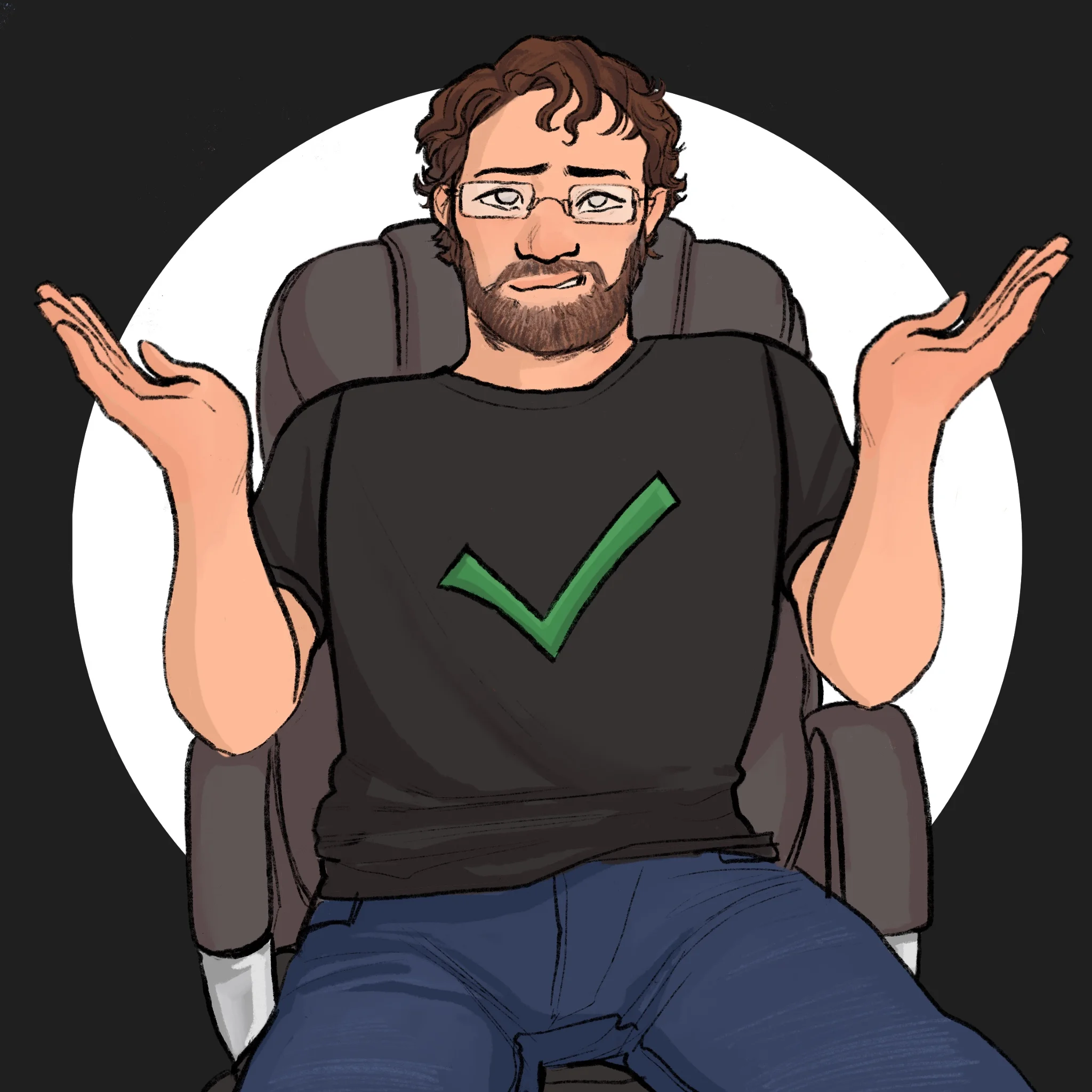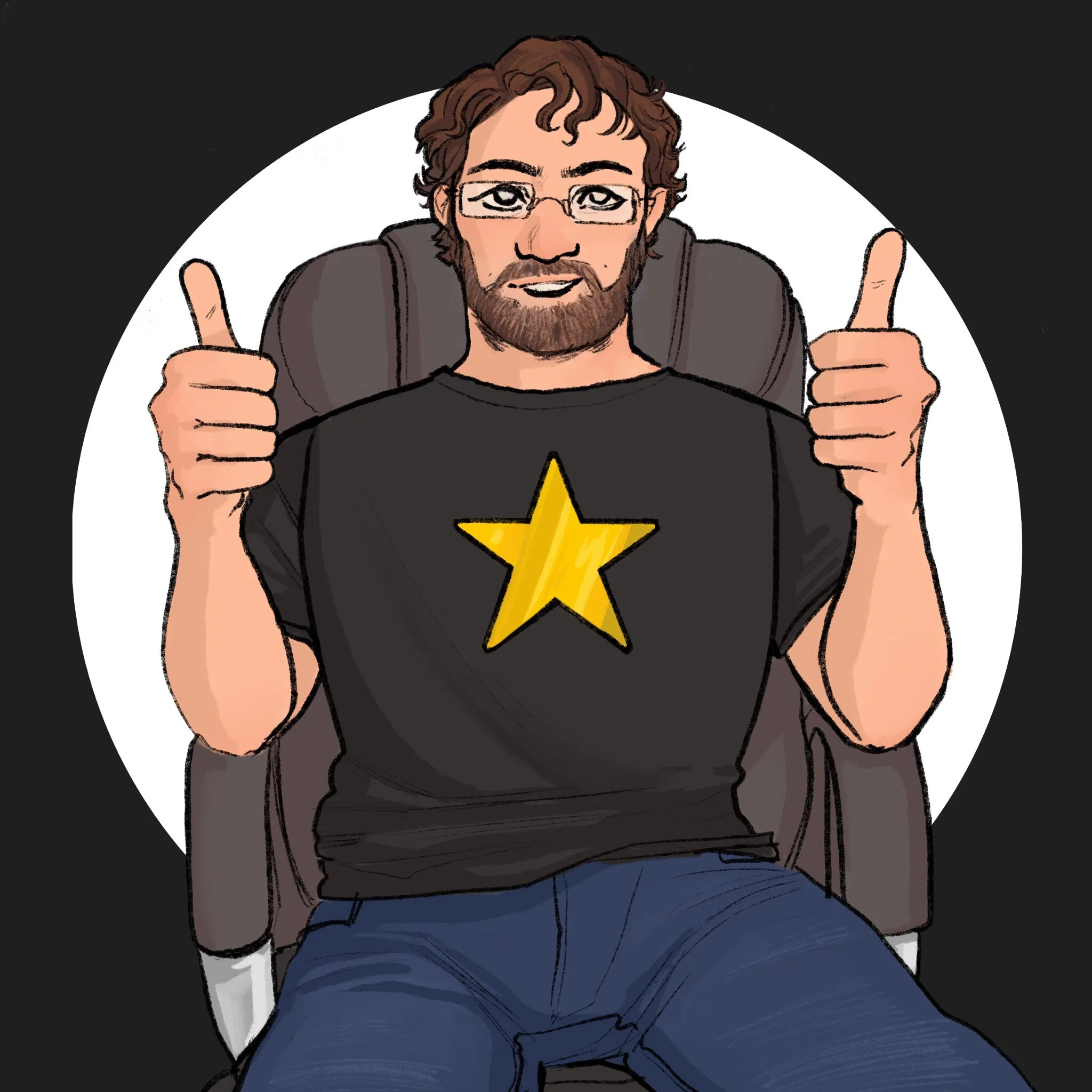Nowhere Prophet Review
I’ve written about it before, but I love card games, especially games where I’m able to build my own deck. There’s a kind of hard-to-explain thrill about cooking up and deploying new decks and strategies. Now, I’m far from good at this sort of thing, just look at my time with Magic: The Gathering, but I still have a great time playing these kinds of games even if I lose more often than I win. Last week, Nowhere Prophet came out and promised me more deck-building fun so I was happy to jump on board.
In Nowhere Prophet, players take the role of a wandering technopath in the post-apocalyptic wasteland world of Soma. Because technopaths are able to mentally communicate with and control the machines of the world before the cataclysmic “Crash”, when a fallen satellite is found, the player hears its dying words and receives a sacred quest: find an old world site known as The Crypt and use the tools within to save the world. Given a higher purpose, and attracting a whole convoy of followers because of that purpose, players must venture across blasted landscape on a unique, randomly-generated path to find this Crypt, recruiting new followers and vanquishing foes along the way. The world is harsh by design, so players will lose often and have to start over on a new path with new challenges.
The gameplay of Nowhere Prophet is broken into two sections: the map and the fights. On the map, players select their next destination, manage their decks of cards, change equipment, look after the well-being of their convoy, and deal with encounters. The encounters are presented as a few sentences of test and typically involve scavenging food, recruiting new units, or interacting with other travelers. Because Nowhere Prophet, like almost all other post-apocalyptic fiction, believes that after civilization falls, kindness and mercy will instantly vanish, these interactions usually end in fights. The fights all take place on a grid of varying size where players deploy members of their convoy and use special abilities to reduce the opposing leader’s health to zero. Once this happens, players receive at least some small reward and continue on their journey.
For all my talk of card games so far, I haven’t been very specific how Nowhere Prophet uses cards, but don’t worry I’m about to get to it. All of the members of the player’s convoy are cards in the player’s convoy deck and all of the player’s special abilities are found in the player’s leader deck. So, players will have to manage two different decks of cards and deal with two different hands of cards during fights. This sounds a lot more complicated than it actually is and the game’s tutorial is good at breaking the experience down into easily explained fragments. The convoy deck is the more important of the two and is much more malleable. Players can place up to 30 of the members of their convoy in their convoy deck and can change it any time they aren’t in an actual battle. This is important because when a convoy unit’s health is reduced to zero, they become wounded and need to sit out the fights. The leader deck is much more static, only gaining new cards when the player levels up or when they dismantle equipment. And once a card is in the leader deck, it can’t be removed except by spending focus points, which are extremely rare, so players have to be careful what they include in their leader deck.
I really like the mechanics of the two decks and the different ways players have to treat them, so it’s really unfortunate that the cards themselves are mostly unremarkable. The art is probably the strongest feature, with a distinct, intense style. Most post-apocalypses have a very dirty color pallet, with a lot of browns and grays. Nowhere Prophet’s style has some of this, with heavy black lines and shadows and a sense of disrepair, desperation and grime as a base layer, but it also uses a lot of severe color, whether in face paints, character outfits or depictions of violence. The juxtaposition of the colorful accents and drab background captures the defiant attitude of the residents of Soma. Unlike the art, the mechanics of the cards are pretty straightforward. Each convoy card has an attack score, a health score, and typically at least one special ability. However, very few of these special abilities are all that interesting, usually only serving to somehow increase that unit’s ability to kill more enemies. Leader cards suffer the same problem, with most cards either just doing damage or boosting an ally. Abstract effects would be more at home in the leader deck but very few of them were adventurous. Even among the game’s rarest cards, I didn’t see any opportunity for a strategy beyond “hit the bad guy.” Maybe Nowhere Prophet wasn’t built for that sort of thing, but with so many card games out there, I would’ve liked to see it draw some inspiration from them and present some fresh ideas for strategy.
Also lacking is most of the writing for encounters on the map screen. I understand that the post-apocalypse setting oppressive and grim, but honestly I’m tired of that hopelessness and I can’t imagine I’m the only one. Most of the encounters are very matter-of-fact, stating what happened and listing the effects of the outcome. Even when introducing new cultures or other world-building elements, the writing is very factual and to the point. No one knows everything about a people or place, especially in a world with no advanced communication technology, so when explanations are presented with so little mystery or intrigue, it feels flavorless and dead. I was disappointed that this is a world in which lepers get suicidal steroid implants that turn them blue and shortens their already short lives for increased ability and I was informed of this with all the excitement of a budget meeting.
The feature I like most in Nowhere Prophet is less of a singular feature and more of a design choice that permeates the whole game, and that is choice. This applies to the obvious things like choosing which route to take on the way to The Crypt or how to react in encounters, but it goes far beyond that. The biggest example of this is with the game’s equipment. Players have the option of equipping the equipment the find for a once-per-fight special ability, they can sell the equipment for currency, or they can dismantle equipment for a new leader card. I love this because it allows players to customize their character to more accurately fit their play style, whether they always want to have that special ability at the start of the encounter, or if they want to have a stronger version somewhere in their leader deck with no guarantee they will draw it before a fight is over. Another example of this involves the game’s blessing system. When one of your convoy units deals the final blow to the enemy leader, they receive a blessing in the form of an increased attack score. But, since getting this blessing a second time confers no benefit, players are motivated to carefully make choices on which unit gets the kill, which means players must make strategic choices about which units they deploy.
Nowhere Prophet is the third game developed by developer Sharkbomb Studios, and it shows. You can see the know-how that comes from having developed games before with the excellent art work and great design choices, but you can also see the relative inexperience in the by-the-book approach to some of the game’s mechanics. I like Nowhere Prophet and I look forward to this studio’s future endeavors, but I just don’t think it’s worth $25.
Buy this game on sale
It’s worth playing, just not at the price they’re asking
Updated as of 12/21/19: Buy this game at full price
It’s worth every penny they’re asking for




